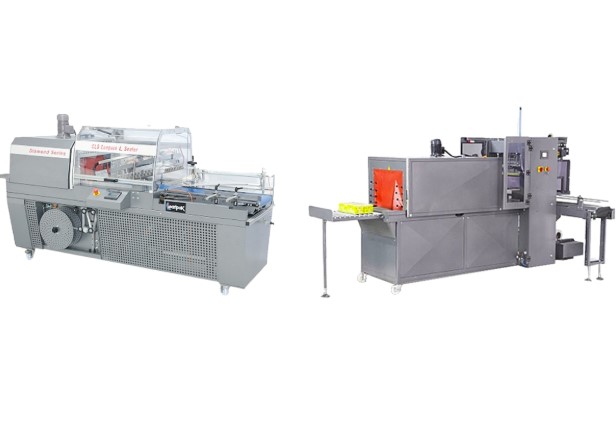In the world of manufacturing and packaging, efficiency is a top priority. One of the key components that can boost your operational workflow is the belt conveyor. These systems simplify material handling by transporting products seamlessly from one station to another. Choosing the right belt conveyor tailored to your specific needs can significantly enhance productivity, reduce manual labor, and ensure smooth operations. Understanding the essential features and specifications will help you select a conveyor system that aligns with your business goals.
What Is a Belt Conveyor?
A belt conveyor consists of a continuous looped belt that moves products along a fixed path. The belt material varies depending on the application, often made of rubber, PVC, or fabric. These conveyors come in different sizes and styles to accommodate a variety of industries—from food processing to heavy manufacturing. Their adaptability makes belt conveyors a popular choice for many businesses.
Common Types of Belt Conveyors
Flat belt conveyors are the most widely used due to their versatility and ability to handle a broad range of products. Other variations include modular belts for heavy-duty use and motorized roller conveyors for more precise control. Selecting the right type depends on your product size, weight, and the environment in which the conveyor will operate.
Important Factors When Choosing a Belt Conveyor
To maximize productivity, you need to carefully evaluate several factors before investing in a belt conveyor.
Load Capacity and Belt Width
Consider the weight and dimensions of the materials being transported. A belt that’s too narrow or weak can cause jams and increase wear and tear. Make sure the conveyor’s capacity matches your heaviest product to avoid downtime.
Conveyor Speed and Throughput
How fast products move through your line affects your overall output. Some belt conveyors offer adjustable speed controls, allowing you to balance speed with product safety and handling requirements.
System Integration
Your conveyor must work smoothly with existing equipment such as sorting machines, packaging systems, or inspection stations. Proper integration reduces bottlenecks and keeps your workflow uninterrupted.
Automation to Boost Productivity
Integrating automation with your conveyor system can enhance efficiency even further. For example, pairing a conveyor with a semi automatic L sealer machine streamlines the packaging process by combining transportation and sealing. This reduces manual labor, minimizes errors, and increases the speed of your packaging line.
Advantages of Using a Semi Automatic L Sealer Machine
- Increased packaging consistency and quality
- Reduced risk of product damage during sealing
- Space-efficient design that fits into compact production areas
Maintenance and Durability Considerations
Choosing durable materials and components is crucial for long-term operation. High-quality belt conveyors are designed to resist wear, moisture, and chemical exposure. Routine maintenance, such as cleaning belts and inspecting moving parts, will prevent unexpected failures and extend the life of your system.
Safety Features
Ensure the conveyor system includes essential safety mechanisms such as emergency stop buttons, protective guards, and advanced sensors to safeguard operators and ensure compliance with industry safety standards. Prioritizing these safety features not only reduces the risk of workplace accidents but also helps protect your valuable equipment and investment over time. Additionally, by integrating automation tools, you can establish a more productive, efficient, and safer workflow that minimizes manual handling and human error.
Conclusion
Selecting the right belt conveyor for your operation demands careful evaluation of factors such as load capacity, operational speed, system compatibility, and ongoing maintenance requirements. Investing in a well-designed and suitable conveyor system not only boosts overall output but also improves product handling efficiency and lowers operational costs. In the long run, this results in a more streamlined manufacturing or packaging process that enhances productivity and keeps your business competitive in today’s fast-paced and demanding market environment.

